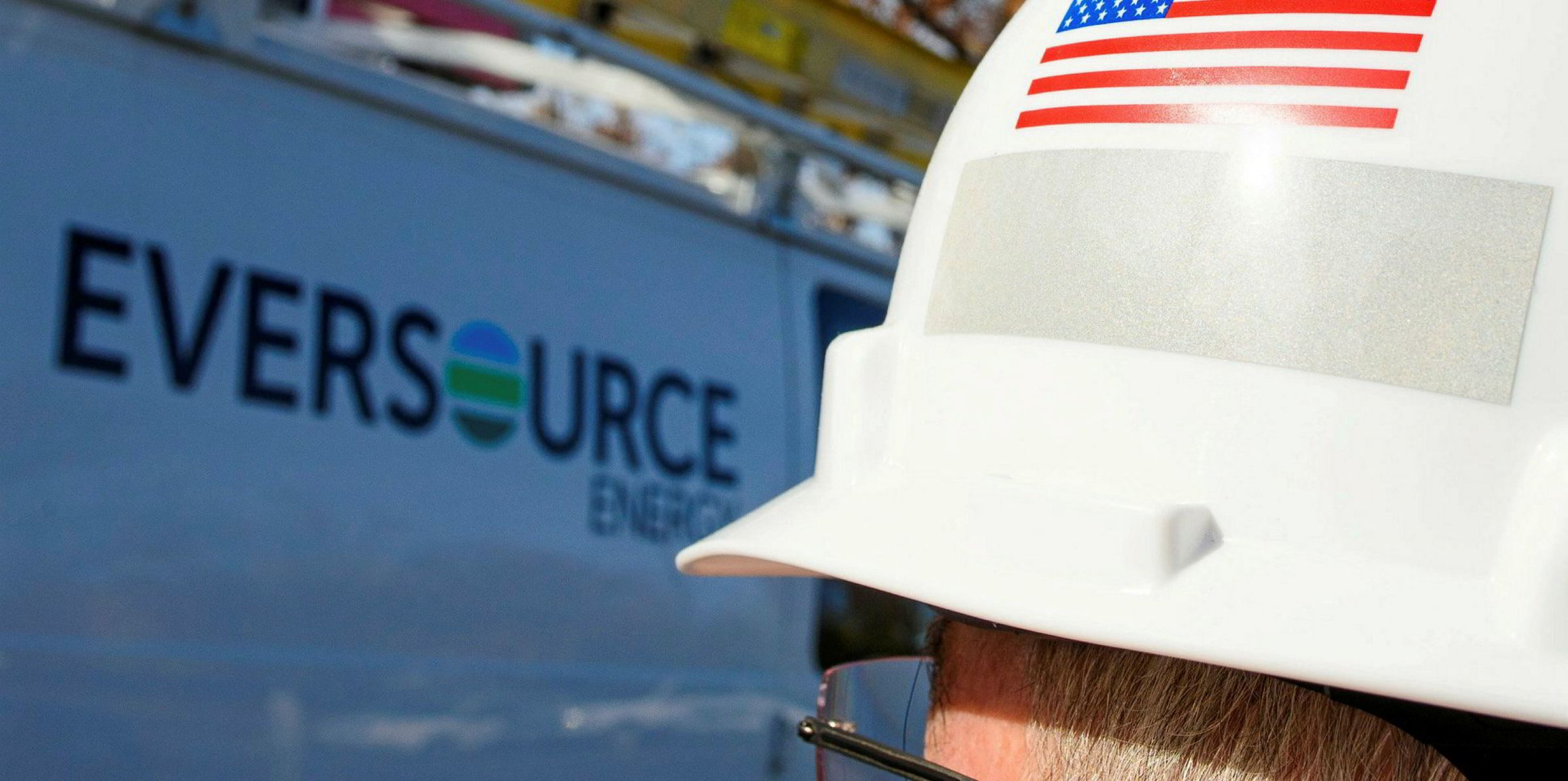The US offshore wind industry along the Atlantic coast will invest as much as $57bn to install up to 30GW by 2030, and could support as many as 83,000 jobs by then, according to a new report by the American Wind Energy Association (AWEA).
Sector investment will deliver $5.5bn to $14.2bn per year in economic output by 2025 and $12.5bn to $25.4bn per year by 2030, the Washington, DC-based trade group said in its US Offshore Wind Power Economic Impact Assessment released Wednesday.
The AWEA report considers a base scenario of 20GW of operating offshore wind power by 2030 with annual 2GW deployment and domestic content increasing from 21% in 2025 to 45%. Project capital costs of $3,900/kW and annual O&M costs of $94/kW in 2025 would decline to $3,250/kW and $79/kW, respectively.
A “high scenario,” assumes 30GW of offshore wind is installed in 2030 with annual 3GW deployment and domestic content increasing from 32% in 2025 to 60% within five years. Project capital and annual O&M costs are the same as the base scenario.
“Offshore wind is key to the future of clean energy development in the US and will add to a thriving wind power industry that already represents the largest source of renewable energy in the country,” said AWEA CEO Tom Kiernan.
The five-turbine, 30MW Block Island array in Rhode Island state waters is the country’s only offshore wind facility. Now owned by Orsted, it came online in December 2016.
Since then, the states of Connecticut, Maryland, Massachusetts, New Jersey, New York, and Virginia have established targets to procure a total of 25.4GW of offshore wind capacity through 2035. They selected more than 6GW of projects as of February this year to help meet these goals.
Authors of the report note that the magnitude of economic benefits depends on three key inputs: annual offshore wind project capacity installations; domestic content of components and services required to develop, build, and operate projects and overall costs to develop them.
The domestic supply chain’s ability to support sector development is expected to increase over time as local manufacturers and service providers react to the new industry and global turbine OEMs look to invest in US factories, they wrote.
To date, project developers and suppliers have announced investments of $307m in port-related infrastructure, $650m in transmission infrastructure and $342m in US manufacturing facilities and supply chain development. Some of that investment awaits final corporate or regulatory approvals.
Lessons learned
The report highlights that history of the land-based wind industry in the US can provide important insights for how its offshore counterpart may grow. Thanks to technology improvements and cost reductions (and federal subsidy support), land-based wind capacity grew from 2.5GW in 2000 to more than 105.5GW at the end of 2019.
As wind farms spread across the country, so did wind-related jobs and manufacturing. In the early days, many products were imported from Europe and other global manufacturing centres. However, component manufacturers began investing heavily in domestic manufacturing facilities to serve the new, growing industry.
By 2007, 100 domestic facilities served land-based wind energy and more than 500 across 42 states manufacture parts today.
“The growth of the offshore wind industry holds similar promise for US job growth, project construction and operations, and domestic manufacturing. It will also create new opportunities for port revitalisation and vessel construction,” notes the report.
Even though early offshore wind projects will be concentrated along the East Coast, there is an opportunity for economic benefits to spread to other parts of the country, such as the Gulf Coast where jacket foundations were manufactured for Block Island, it adds.
AWEA estimates US offshore wind will require a diverse technical workforce spanning an estimated 74 occupations including crane operators, electricians, engineers, mechanics, offshore equipment and vessel operators, pipefitters and pile drivers.
“The speed at which the industry builds projects and the degree to which manufacturing and supply chains migrate to the US will be key determinants of the industry’s impact on economic output and job support. If the US offshore wind industry follows in the same general footsteps of land-based wind, the results will be significant,” says the report.
AWEA's study comes as the sector hopes to gather momentum following the early setback of delays to the planned start-up of the first commercial-scale US offshore wind farm, the 800MW Vineyard project, which has been hit by permitting issues.






